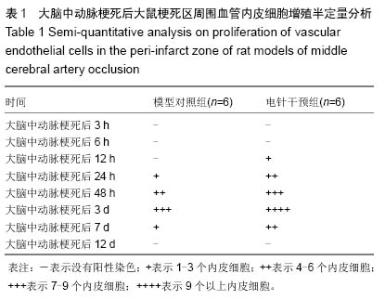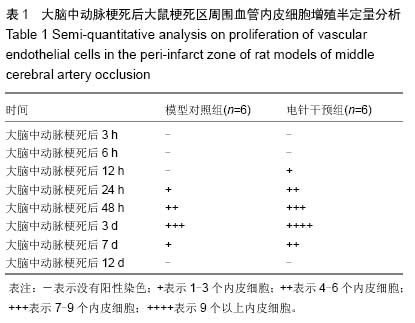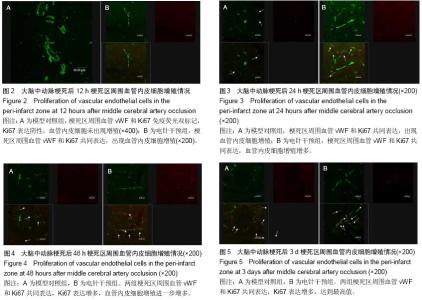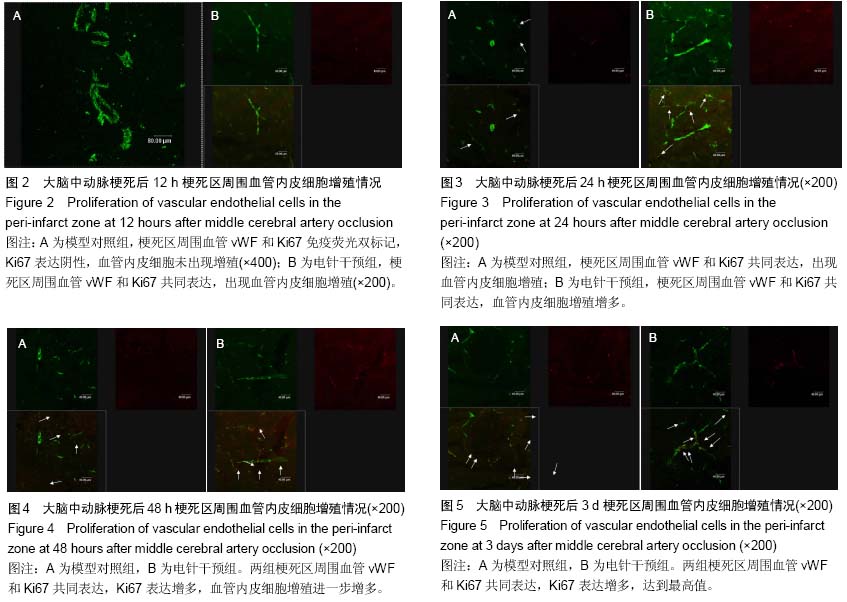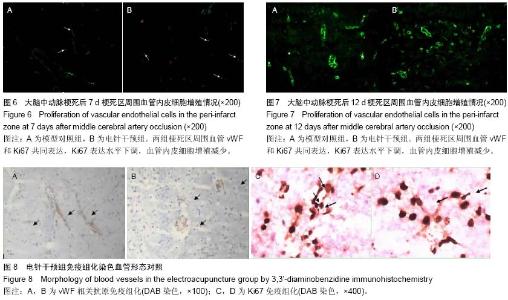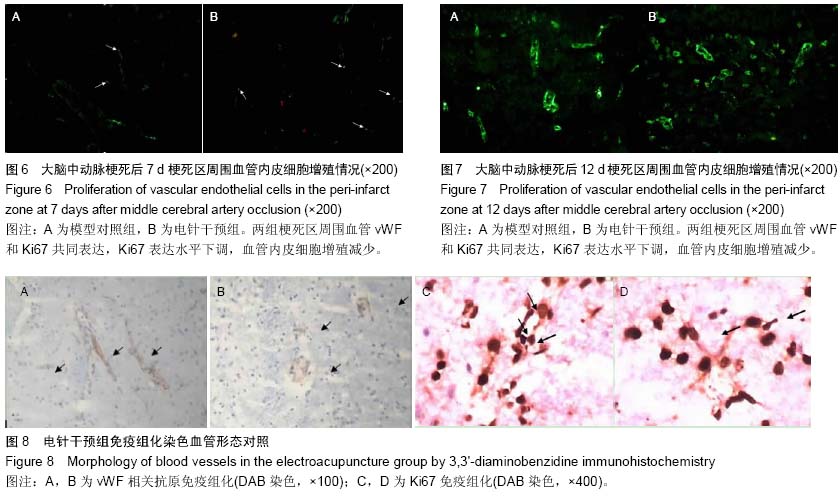| [1] 杜元灏. 针刺治疗急性脑缺血的微血管机制研究[J].针刺研究, 1998,23(4):275.
[2] 杜元灏.缺血性中风治疗焦点的思考[C].中国针灸学会脑病科学专业委员会成立暨第一届学术会议论文集,2007:42-46.
[3] 石磊,杜元灏. 脑梗死急性期局部血流量变化及电针干预效应研究[J].天津中医药大学学报,2012,31(2):85-87.
[4] 李桂平,石磊,杜元灏,等. 脑梗死早期侧支循环重建及电针干预效应研究[J].天津中医药大学学报,2011,30(2):102-104.
[5] 孙冬玮,杜元灏,石磊,等. 电针"水沟"对脑梗死大鼠脑动脉血管细胞内三磷酸肌醇及二酰基甘油含量的影响[J].针刺研究,2008, 33(6):392-396.
[6] 林雪,杜元灏. 电针刺激对急性脑梗塞大鼠脑血管动脉平滑肌细胞cAMP的影响[J].中国中医基础医学杂志,2007,13(11): 860-862.
[7] Du Y, Shi L, Li J, et al. Angiogenesis and improved cerebral blood flow in the ischemic boundary area were detected after electroacupuncture treatment to rats with ischemic stroke. Neurol Res. 2011;33(1):101-107.
[8] 翟娜,杜元灏.针刺对脑梗塞模型鼠软脑膜动脉网侧支代偿影响的形态学研究[J].针刺研究,1993,18(1):8-10.
[9] Karl H. Mechanisms of Angiogenesis in the Brain. Journal of Neuropathology and Expreimental Neurology. 1999;58(4): 313-320.
[10] 齐丹,樊小农,张春红,等.脑血管疾病中微血管舒缩改变及针刺治疗对其影响[J].吉林中医药,2010,30(7):640-641.
[11] 王媛,赵海军,卢岩,等. 针刺对MCAO大鼠神经功能恢复及脑微循环血流量的影响[J]. 江苏中医药,2013,45(7):70-72.
[12] Wang L, Huang T, Zhang W, et al. Violet laser acupuncture-- part 2: Effects on peripheral microcirculation. J Acupunct Meridian Stud. 2011;4(1):24-28.
[13] Li X, Li Y, Chen J, et al. The influence of skin microcirculation blood perfusion at zusanli acupoint by stimulating with lift-thrust reinforcing and reducing acupuncture manipulation methods on healthy adults. Evid Based Complement Alternat Med. 2013;2013:452697.
[14] Linde K, Allais G, Brinkhaus B, et al. Acupuncture for tension-type headache. Cochrane Database Syst Rev. 2009; (1):CD007587.
[15] 韩冰冰,卢岩,赵海军,等. 针刺对MCAO大鼠脑组织小胶质细胞活化及炎症介质含量的影响[J]. 中风与神经疾病杂志,2014, 31(10):894-896.
[16] Marti HJ, Bernaudin M, Bellail A, et al. Hypoxia-induced vascular endothelial growth factor expression precedes neovascularization after cerebral ischemia. Am J Pathol. 2000;156(3):965-976.
[17] Li L, Jiang Q, Zhang L, et al. Angiogenesis and improved cerebral blood flow in the ischemic boundary area detected by MRI after administration of sildenafil to rats with embolic stroke. Brain Res. 2007;1132(1):185-192.
[18] Longa EZ, Weinstein PR, Carlson S, et al. Reversible middle cerebral artery occlusion without craniectomy in rats. Stroke. 1989;20(1):84-91.
|
